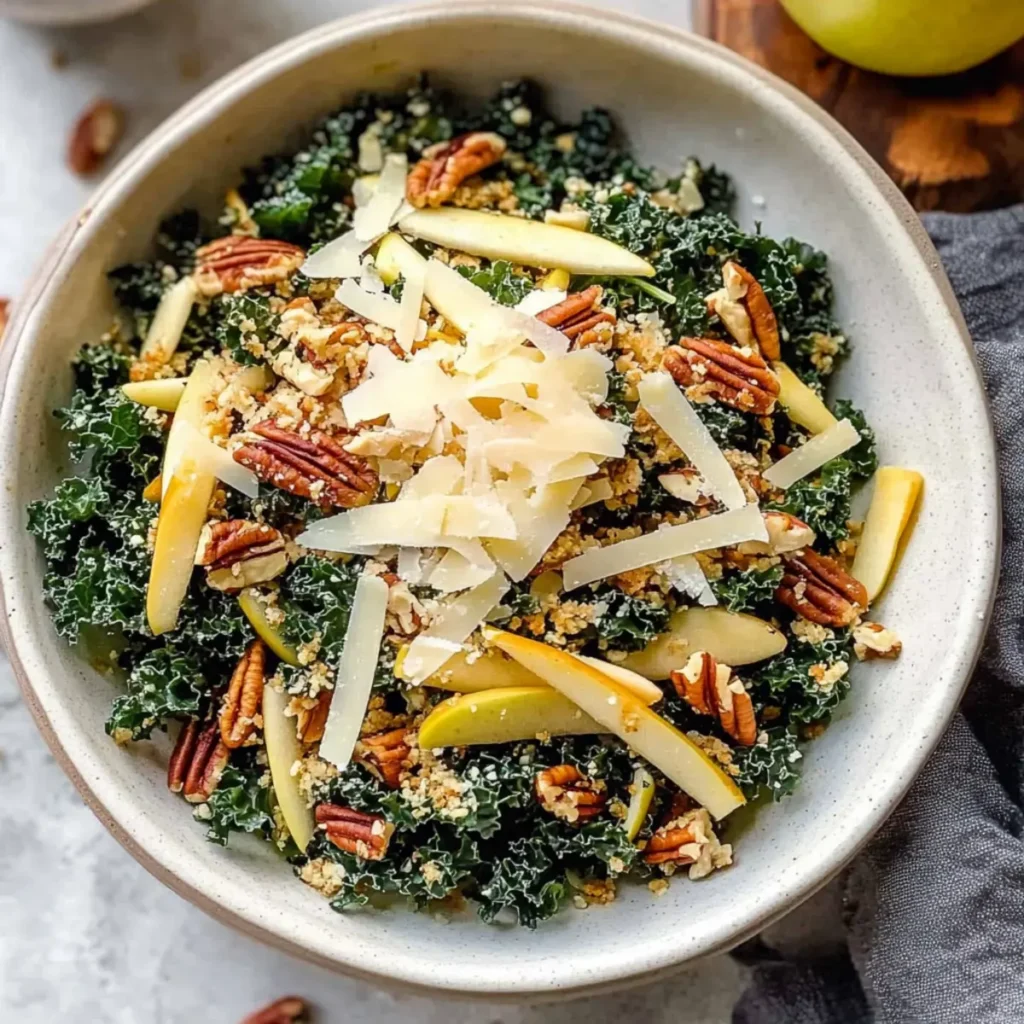Haitian cuisine is a rich tapestry of flavors and dishes that reflect the country’s diverse cultural heritage. Among these, Haitian spaghetti recipe stands out as a unique and beloved dish. This article delves into the history, variations, and step-by-step guide to making this flavorful meal.
History and Cultural Significance of the Haitian Spaghetti Recipe
The origins of Haitian spaghetti are deeply rooted in the country’s history, blending indigenous Taino, African, and European influences. This dish is more than just a meal; it’s a cultural symbol that represents the fusion of Haitian culinary traditions.
- Haitian spaghetti is often enjoyed for breakfast, showcasing its versatility and importance in Haitian daily life.
- It’s known for its savory, not spicy, flavor profile, contrary to the common perception of Caribbean cooking.
Discover more about the refreshing Haitian Lemonade to Complement Your Meal, a perfect drink to wash down the rich flavors of Haitian spaghetti.
Ingredients and Substitutions for Haitian Spaghetti Recipe
Creating a traditional Haitian spaghetti dish involves a blend of savory ingredients and spices that bring out its unique Caribbean flavor. Here’s a detailed list of ingredients and possible substitutions to accommodate various dietary needs or preferences.
Main Ingredients for the Haitian Spaghetti Recipe
- Kielbasa Sausage: A key component that adds a rich, smoky flavor.
- Substitutions: For a lighter version, you can use chicken sausage, or for a vegetarian option, consider plant-based sausages. Traditional alternatives include hot dogs, smoked herring, or cod fish, reflecting the dish’s versatility.
- Spaghetti Noodles: The base of the dish.
- Substitutions: Linguine, angel hair, or vermicelli can be used. For a gluten-free version, opt for gluten-free pasta or spaghetti squash.
- Tomato Paste: Provides a concentrated tomato flavor.
- Substitutions: If tomato paste is too strong or not available, you can use canned tomato sauce but reduce the liquid in the recipe to maintain consistency.
Aromatic Vegetables and Herbs
- Onion and Garlic: Essential for the base flavor.
- Substitutions: Shallots or green onions can be used for a milder taste. Garlic powder can substitute fresh garlic in a pinch.
- Bell Pepper: Adds sweetness and color to the dish.
- Substitutions: Any color bell pepper works, or you can use carrots for a different kind of sweetness and crunch.
- Fresh Parsley and Thyme: Herbs that enhance the dish’s freshness.
- Substitutions: If fresh herbs are not available, dried herbs can be used. Start with a third of the recommended fresh amount and adjust to taste.
Additional Flavor Enhancers
- Haitian Epis: A blend of herbs and spices foundational to Haitian cooking.
- Substitutions: Make your own blend with garlic, green onion, bell pepper, parsley, and thyme, or use a Caribbean seasoning mix as an alternative.
- Olive Oil: Used for sautéing.
- Substitutions: Any neutral vegetable oil or coconut oil can be used, depending on your preference or dietary restrictions.
Seasonings
- Salt and Pepper: Basic seasonings to enhance the overall flavor.
- Substitutions: Sea salt or kosher salt can be used for table salt. Freshly ground black pepper is preferred for its flavor, but pre-ground pepper works in a pinch.
Tips for Substitutions
- When substituting ingredients, consider the overall balance of flavors to maintain the dish’s integrity.
- Dietary restrictions, such as gluten-free or vegetarian needs, can easily be accommodated with the appropriate substitutions without losing the essence of traditional Haitian spaghetti.
- Experimenting with different proteins or vegetables can introduce new flavors and textures, making the dish versatile and adaptable to various tastes and preferences.
By understanding these ingredients and their possible substitutions, you can create a Haitian spaghetti dish that honors traditional flavors while catering to your dietary needs or culinary curiosity.
Step-by-Step Cooking Guide for Haitian Spaghetti Recipe
This guide will walk you through the process of making traditional Haitian spaghetti, a savory and versatile dish that’s a staple in Haitian cuisine. Follow these steps to create a flavorful meal that’s sure to impress.
Ingredients:
- 1 pack Kielbasa sausage (or your choice of protein)
- 1 box of spaghetti noodles
- 1 onion, sliced
- 1 bell pepper, sliced
- 3 cloves of garlic, minced
- ¼ cup fresh parsley, chopped
- 6 sprigs of fresh thyme
- 2 tablespoons olive oil
- 9 tablespoons tomato paste
- 2 cups pasta water (reserved from cooking the pasta)
- Salt and pepper to taste
- 2 tablespoons Haitian Epis (optional for added flavor)
Preparation:
- Prep the Ingredients: Slice the sausage, onion, and bell pepper. Mince the garlic and chop the parsley. Set aside.
- Cook the Pasta: Bring a large pot of salted water to a boil. Add the spaghetti and cook according to the package instructions until al dente. Reserve 2 cups of pasta water before draining.
Cooking Process:
- Sauté the Sausage: In a large pan, heat the olive oil over medium heat. Add the sliced sausage and cook until browned. Remove the sausage and set aside, leaving the oil in the pan.
- Cook the Vegetables: In the same pan, add the sliced onion, bell pepper, and minced garlic. Sauté for about 1 minute, or until fragrant.
- Add Tomato Paste: Reduce the heat to medium-low and stir in the tomato paste, cooking for another minute to deepen the flavors.
- Combine with Pasta: Return the sausage to the pan and add the cooked spaghetti. Toss well to combine.
- Season: Add the Haitian Epis, chopped parsley, thyme, salt, and pepper. Mix until everything is evenly distributed.
- Adjust Consistency: Gradually add the reserved pasta water, a cup at a time, until the desired sauce consistency is achieved. The sauce should coat the pasta nicely without being too dry or too liquid.
- Simmer: Cover and let the mixture simmer on low heat for about 2 minutes, allowing the flavors to meld.
- Final Touches: Give the spaghetti one last stir, adjust seasonings if necessary, and then remove from heat.
Serving:
- Serve the Haitian spaghetti warm, with a side of bread or a simple salad for a complete meal.
- Garnish with additional chopped parsley or slices of avocado if desired.
Tips for Success:
- Pasta Water: Using the starchy pasta water helps to thicken the sauce and allows it to cling to the spaghetti better.
- Fresh Herbs: Fresh herbs add a burst of flavor, but if unavailable, dried herbs can be used in smaller quantities.
- Adjust Heat: If you prefer a bit of spice, add a pinch of cayenne pepper or a few slices of habanero pepper to the sauce.
This Haitian spaghetti recipe is a testament to the rich and savory flavors of Haitian cuisine. It’s a versatile dish that can be adapted to suit various tastes and dietary needs, making it a perfect meal for any occasion. Enjoy the process of cooking this delightful dish and the delicious results!
For those who love the versatility of chicken, our Chicken Rollatini recipe offers a delicious way to enjoy this protein in a dish that’s as delightful and satisfying as our Haitian spaghetti.
Variations of Haitian Spaghetti
Haitian spaghetti is a versatile dish that can be adapted to suit various tastes, occasions, and dietary preferences. Below are some popular variations that highlight the flexibility of this beloved Haitian meal.
Protein Variations
- Traditional Kielbasa Sausage: The classic version uses kielbasa for its rich flavor and hearty texture.
- Hot Dogs: A common and budget-friendly option in Haiti, hot dogs offer a simple yet delicious twist.
- Smoked Herring or Cod Fish: For a pescatarian version, smoked herring or cod fish adds a unique, savory depth.
- Chicken: A lighter alternative, chicken can be used for those who prefer poultry. It’s especially handy for using up leftover chicken.
- Vegetarian: Plant-based sausages or a mix of hearty vegetables like mushrooms and eggplant can replace meat for a vegetarian version.
Breakfast vs. Lunch/Dinner Variations
- Breakfast Spaghetti: In Haiti, spaghetti is often enjoyed for breakfast, sometimes served with a side of avocado or boiled eggs. This version is typically lighter and may include less protein.
- Lunch/Dinner Spaghetti: The lunch or dinner version might be heartier, with more protein and served alongside bread or a simple salad.
Regional Variations
- Spicy vs. Non-Spicy: While traditional Haitian spaghetti is not overly spicy, some regions or families might add a kick with cayenne pepper or slices of habanero.
- Sauce Thickness: Preferences on sauce thickness can vary, with some opting for a thicker, more tomato-heavy sauce, while others prefer a lighter, more oil-based sauce.
Dietary Adaptations
- Gluten-Free: Gluten-free pasta can be used to accommodate those with gluten sensitivities or celiac disease.
- Low-Carb: For a low-carb version, spaghetti squash or spiralized vegetables can replace traditional pasta.
Flavor Enhancements
- Epis: The use of Epis, a Haitian seasoning blend, can vary in quantity and components based on family recipes or personal taste, adding a unique flavor profile to each variation.
- Herbs and Vegetables: The addition of different herbs and vegetables can alter the flavor and nutritional profile of the dish, making it adaptable to seasonal availability.
Tips for Experimenting with Variations
- Balance Flavors: When experimenting with variations, consider the balance of flavors to ensure that no single ingredient overwhelms the others.
- Consider Texture: The choice of protein and vegetables can significantly affect the dish’s texture. Aim for a mix that offers both contrast and harmony.
- Adjust Seasonings: Depending on the variation, you may need to adjust the seasonings to complement the main ingredients properly.
These variations of Haitian spaghetti showcase the dish’s adaptability and the rich culinary creativity within Haitian cuisine. Whether sticking to the traditional recipe or exploring new combinations, Haitian spaghetti remains a comforting and satisfying meal that brings a taste of Haiti to any table.
Explore the Caribbean Cooking Techniques to better understand how to bring out the authentic flavors in your Haitian spaghetti.
Serving Suggestions
Traditionally, Haitian spaghetti is served with:
- Avocado slices or boiled eggs for breakfast
- Bread as a simple yet satisfying side for any meal
Nutritional Information
Haitian spaghetti is not only delicious but also offers nutritional benefits, including:
- High protein content from the choice of meat
- Vitamins and minerals from fresh vegetables and herbs
FAQs
- Can I make Haitian Spaghetti with chicken? Yes, chicken is a great alternative for those looking for a different protein option.
- Is Haitian Spaghetti spicy? Traditionally, it is savory but not spicy, although you can adjust the heat to your taste.
- Which pasta is best for Haitian Spaghetti? Spaghetti, linguine, or angel hair noodles work well, but cooking times may vary.
Understanding the Health Benefits of Key Ingredients in Haitian Cuisine can help you appreciate not just the taste but also the nutritional value of this dish.
Conclusion
Haitian spaghetti is more than just a meal; it’s a celebration of Haitian culture and culinary tradition. By following this guide, you can bring a taste of Haiti into your kitchen, exploring the rich flavors and history that make this dish so special. Whether for breakfast, lunch, or dinner, Haitian spaghetti offers a delicious and nutritious option that’s sure to delight.
No meal is complete without dessert, and our Condensed Milk Brownies are the perfect fudgy delight to follow up the savory goodness of Haitian spaghetti.






